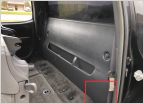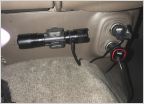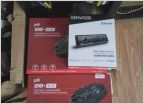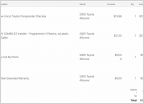-
Welcome to Tundras.com!
You are currently viewing as a guest! To get full-access, you need to register for a FREE account.
As a registered member, you’ll be able to:- Participate in all Tundra discussion topics
- Transfer over your build thread from a different forum to this one
- Communicate privately with other Tundra owners from around the world
- Post your own photos in our Members Gallery
- Access all special features of the site
P0174 Learn How to Read Fuel Trims
Discussion in '1st Gen Tundras (2000-2006)' started by Sbenecki, Nov 15, 2023.
Page 1 of 2
Page 1 of 2


 1st Gen factory amplifier locations (JBL, non-JBL, all cabs)
1st Gen factory amplifier locations (JBL, non-JBL, all cabs) Please recommend timing belt water pump kit
Please recommend timing belt water pump kit Flashlight mount and other off the grid mods?
Flashlight mount and other off the grid mods? KPOffroad Brake Line Experience/Reviews
KPOffroad Brake Line Experience/Reviews Bmf's big bumpin bonanza
Bmf's big bumpin bonanza Lost 2006 Tundra key and Fob
Lost 2006 Tundra key and Fob














































































